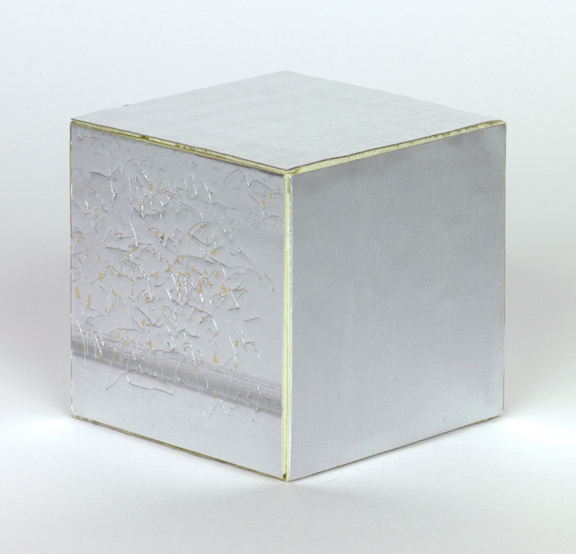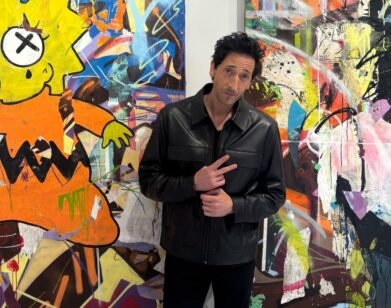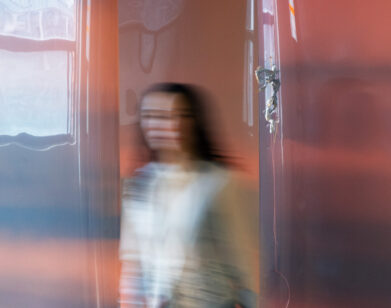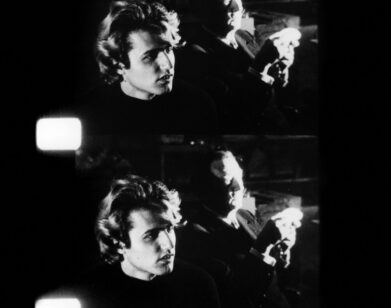Michael Wang Makes Art Count

In 1993, the English artist Rachel Whiteread used an abandoned Victorian house in East London to make House, a concrete negative of the interior of the original. The heating, grinding, and transportation of the 70 tons of material she used for the work released 10.5 tons of carbon dioxide into the atmosphere. New York-based artist and architect Michael Wang uses this figure to revalue House—and 19 other famous contemporary works—in his exhibition “Carbon Copies” at Foxy Production, New York.
Each of the carbon footprints is measured and translated into a scale model, with the size relative to its ecological impact. Carbon offset involves projects like reforestation or replacing coal power with hydroelectric to “balance out” harmful gases released by heavy industry. In this case, measureable impacts include Richard Serra’s steel smelting, a private jet for Kanye West to meet with Vanessa Beecroft, or the waste products of diamond mines for Damien Hirst’s notorious skull. Wang’s works are sold for 1 dollar per .1 negative tons of carbon offset—an Elizabeth Peyton is $1.10.
Call them what you may, his bite-sized stand-ins are hard not to love. Most, like that for John Currin’s Turkey, are drawings on a delicate paper cube. The rest are sculptural additions to cube forms: a pillowy plaster breast for Beecroft, or wooden bits like table legs for Marina Abromovic’s recent The Artist is Present. Like Whiteread’s imprint of a house-space made solid, “Carbon Copies” also transmutes its originals, sublimating art objects into ether. “This isn’t about being green or moralizing,” he says, “the carbon footprint is a negative of the original work.”
“Carbon Copies” opens tonight, 6–8 PM. Image: Michael Wang, Rudolf Stingel, Untitled, 2007, Carbon Copy, -6.16 tons CO2.






